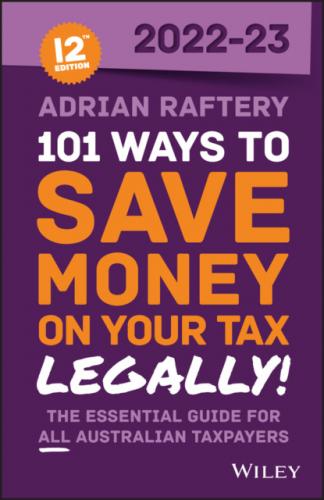Low-income earners can effectively earn up to $25 437 each year tax-free after the LITO of $700 and LMITO of $675 is taken into account. So if you have a spouse who is not working, consider an income-splitting strategy to save as much as $12 337 in tax.
Superannuation co-contribution
If your total superannuation balance is under $1.7 million and your total income is under the low-income threshold of $42 016 and you contribute $1000 post-tax to your super fund, the government will match it by 50 per cent with a further $500. The super co-contribution gradually phases out to nil (by 3.333 cents per dollar) at the higher income threshold of $57 016.
Superannuation spouse contribution tax offset
You are entitled to a rebate of up to $540 if you make contributions into your spouse's superannuation fund, if your spouse's assessable income and reportable fringe benefits are less than $40 000.
The rebate is 18 per cent of the lesser of:
$3000 reduced by $1 for every dollar that your spouse's assessable income and reportable fringe benefits exceed $37 000
the total of the eligible spouse contribution.
The ATO outlines that tax offsets and tax deductions are not the same. Tax offsets are taken directly off your tax, while tax deductions are taken off your assessable income, which is used to calculate your tax. So each $1 of tax offset means you pay $1 less tax, regardless of your taxable income.
Low-income superannuation tax offset
The government will contribute up to $500 annually into the superannuation account of workers on adjusted taxable incomes of up to $37 000 to ensure that no tax is paid on superannuation guarantee contributions.
Low-income health care card
In order to receive a low-income health care card your weekly gross income over an eight week period needs to be under certain income limits depending on your family circumstances. If you are single with no children you can earn up to $656 per week (or $1127 for a couple with no children). This increases to $1127 if you have one dependent child ($1161 for couples) and a further $34 for each additional child. You do not need to pass an assets test.
8 SENIOR AND PENSIONER TAX OFFSET
Senior Australians or pensioners may be eligible for an offset that allows them to earn more income before they have to pay tax and the Medicare levy.
As we saw earlier, if you are under the pension age (currently 66.5 and increasing to 67 in 2023 and 70 by 2035), you can earn an income of up to $25 437 before any tax is payable (see p. 15).
The tax rules get even better when you reach age pension age (or service pension age), as you may be able to access more generous tax-free thresholds, known as the senior and pensioner tax offset (SAPTO). Table 1.5 shows the thresholds for the SAPTO.
TABLE 1.5: thresholds for senior and pensioner tax offsets (SAPTO) (2022–23)
Source: © Australian Taxation Office for the Commonwealth of Australia.
| Maximum offset | Shaded-out threshold (taxable income)* | Cut-out threshold (taxable income) | |
|---|---|---|---|
| Single | $2 230 | $32 279 | $50 119 |
| Couple (each) | $1 602 | $28 974** | $41 790** |
| Couple (combined) | $3 204 | $57 948 | $83 580 |
| Couple (separated by illness) | $4 080 | $62 558 | $95 198 |
* Maximum offset reduced by 12.5 cents for each $1 in excess of shaded-out threshold.
** A taxpayer's taxable income is taken to be half the couple's combined taxable income.
Senior Australians are not required to pay any income tax if their income is below $32 279 for singles (or $28 974 each for couples). But if senior Australians derive income from a share portfolio they are encouraged to lodge a tax return, as they will receive a nice refund from all of the excess franking credits attached to their dividends.
If you're single, you can earn up to $32 279 (and $28 974 each for couples) in non-super income without paying a cent of tax because of the application of SAPTO and LITO. Any additional superannuation benefit that you receive from a taxed source is tax-free.
Senior Australians who are over Age Pension age but still participate in the workforce can keep more of their pension when they have earnings from working via the Work Bonus incentive. The Work Bonus allows an eligible pensioner to earn an extra $300 per fortnight from employment before it affects their pension rate. Single pensioners can effectively earn $480 per fortnight (being $300 from Work Bonus and the $180 income test free threshold) and still receive the maximum rate of pension.
Any unused part of the $300 fortnightly Work Bonus exemption amount can be accrued in a Work Bonus income bank, up to a maximum of $7800. The income bank amount is not time limited; if unused, it can carry forward into future years (although note that the maximum amount that could be accumulated in the Work Bonus income bank prior to 1 July 2019 was $6500).
Senior Australians who are not eligible for a pension due to their income or assets, may still be eligible for a Commonwealth Seniors Health Card provided that they continue to reside in Australia and their adjusted taxable income is below:
$57 761 a year if you're single
$92 416 a year for couples
$115 522 a year for couples separated by illness, respite care or prison
9 OTHER GOVERNMENT BENEFITS
There
